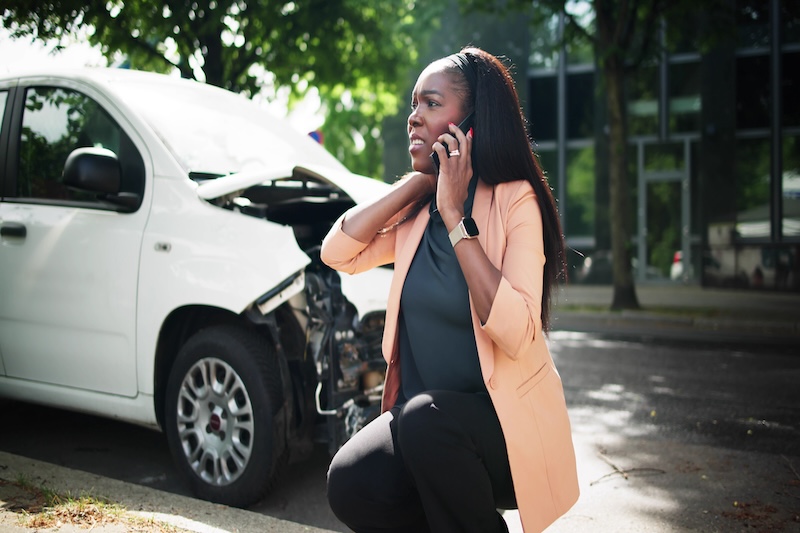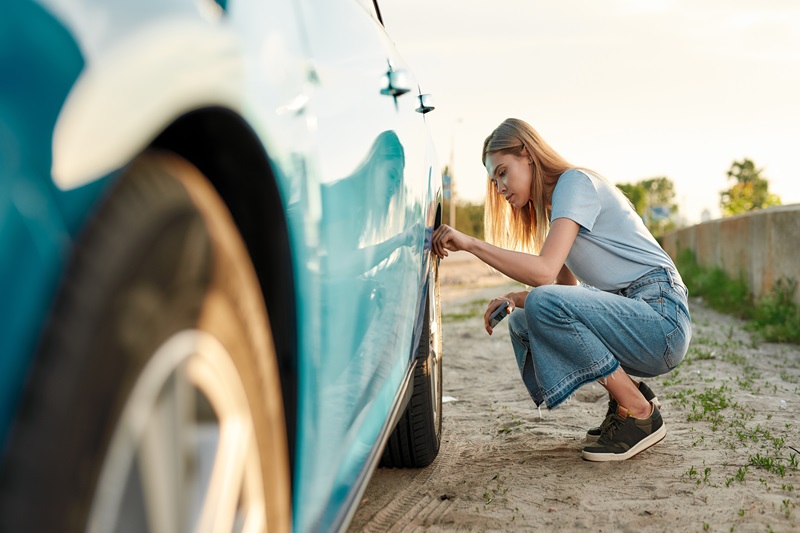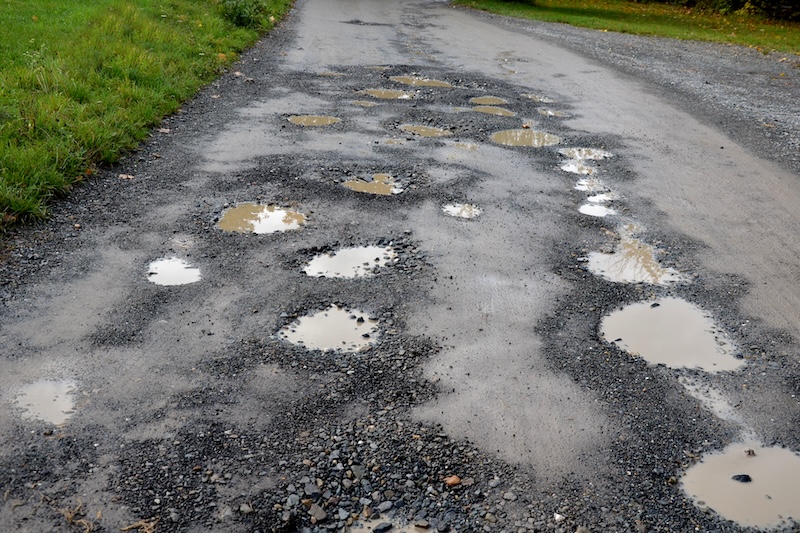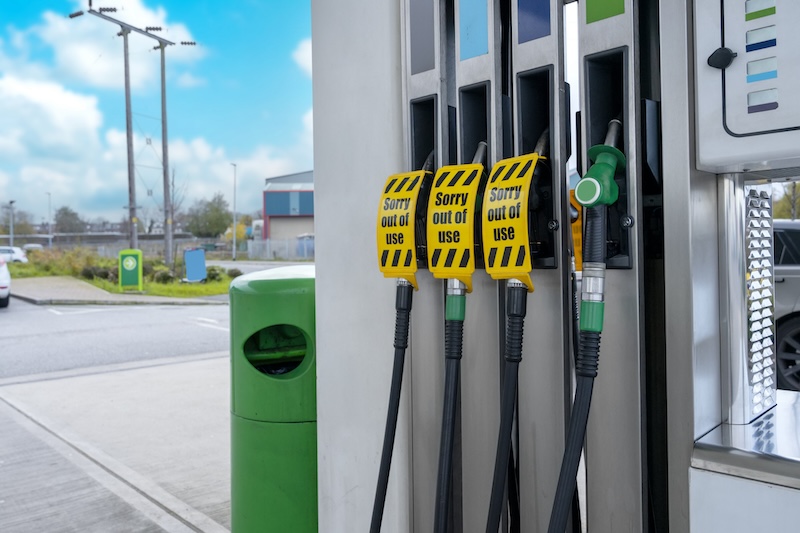What to do if you’ve been in an accident

If you’ve been in an accident, make sure you call the emergency services if you need them.
No one expects to be in a car accident, but it’s always good to know what steps to take if you do find yourself in one. These are the steps you’ll need to follow if you find yourself in a car accident.
Immediately after the accident
If you’ve been involved in an accident, try to remain as calm as possible. It’s normal to be shaken after an accident – just take a few deep breaths and take stock of the situation.
Stop the car
You must stop the car as soon as possible, ideally where it’s safe. It’s an offence to continue driving after you’ve been in an accident.
You should turn off your engine and switch on your hazard lights to let other drivers know you won’t be moving.
If you are alone in the vehicle and close to home you might want to call a relative or friend to come and support you. The same if you are travelling at night or with young children.
Check for injuries
Try to assess if you, or any passengers in your car, have injuries.
If there are no injuries make a note of it in case someone tries to claim an injury later.
Call the relevant emergency service(s)
Call an ambulance on 999 if there are serious injuries. If there are less serious injuries, you could call 111 to get their advice on whether you should go to A&E or a walk-in centre, for example.
You should also call the police, especially if the road is blocked.
If the accident has caused a fire, or someone is trapped in the vehicle, call the fire brigade as well.
When should you call the police?
There are several situations when you should call the police to the site of an accident:
- If the other driver/drivers involved in the accident flee the scene or leave without providing their details.
- If the other driver has no car insurance.
- If you believe the other driver is under the influence of alcohol or drugs.
- If you think the other driver caused the accident on purpose.
- If the road has been blocked by the accident.
If you’ve been involved in an accident and you’ve exchanged all the correct details, nobody was injured, and there’s no evidence of driving offences you do not have to call the police.
Do not admit responsibility
It may be natural to accept blame for something as a way of trying to deescalate a situation, but try to avoid doing this. Until you are completely aware of what happened, avoid apologising or taking responsibility – this will protect you from liability if it wasn’t your fault.
Exchange details with the other driver/drivers
If the other parties involved in the accident have stopped, you need to exchange the following details with them.
If they didn’t stop, you should call the police.
Share your personal details
Legally you must share your full name and address with everyone involved if the accident has caused damage or injury.
Swap insurance details
Swapping insurance details allows everyone involved to file a claim with their insurance provider to cover any injuries or damage suffered in the accident.
You should also try to find out if the other driver is the registered owner of the vehicle they’re driving. If they’re driving a company car, for instance, you’ll need those details too.
Take everyone’s details
Take the details of any other passengers involved in the accident or anybody who witnessed the accident.
Record the scene of the accident
As well as taking personal details, you’ll want to make a note of the following details as well.
Take vehicle details
Make a note of the make, model, colour, year, and number plate of all the vehicles involved in the accident. If you don’t know all this information, take pictures of all the vehicles.
Time and driving conditions
Make a note of the time, date, and place of the accident. Also, the speed you were going.
You should also note what the weather conditions are like – if it’s raining, how light it is, if there’s any fog, etc.
The road conditions are also important to the context of the accident. Find out what the road surface is like, how clear any road markings are, and whether there’s appropriate signage.
Vehicle damage
Find out what kind of damage has been done to all the vehicles involved, if any, and either take pictures or write it down.
Top tip: The nearside of your vehicle is the passenger side, and the offside is the driver’s side.
Also record any injuries you or the other people involved may have.
If you’ve damaged someone’s private property (ie a parked car, a garden wall, etc) but no one else was involved, you should leave your insurance details for the owner.
If you’ve been in an accident, find out how to make a claim with 1st Central.


